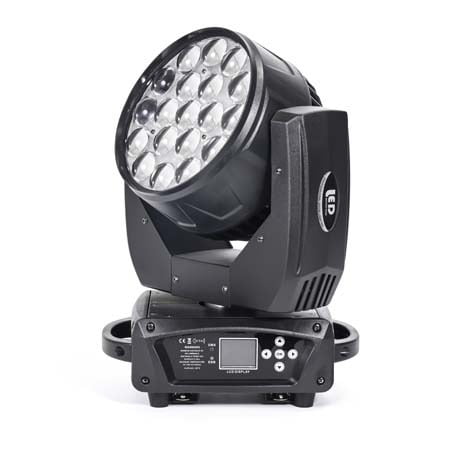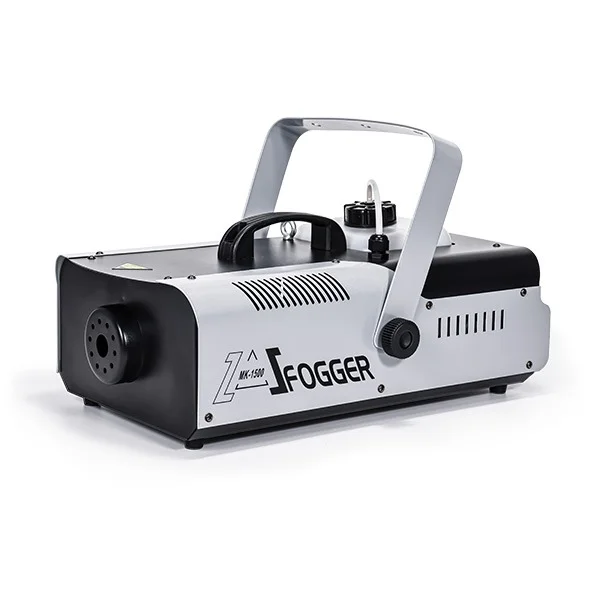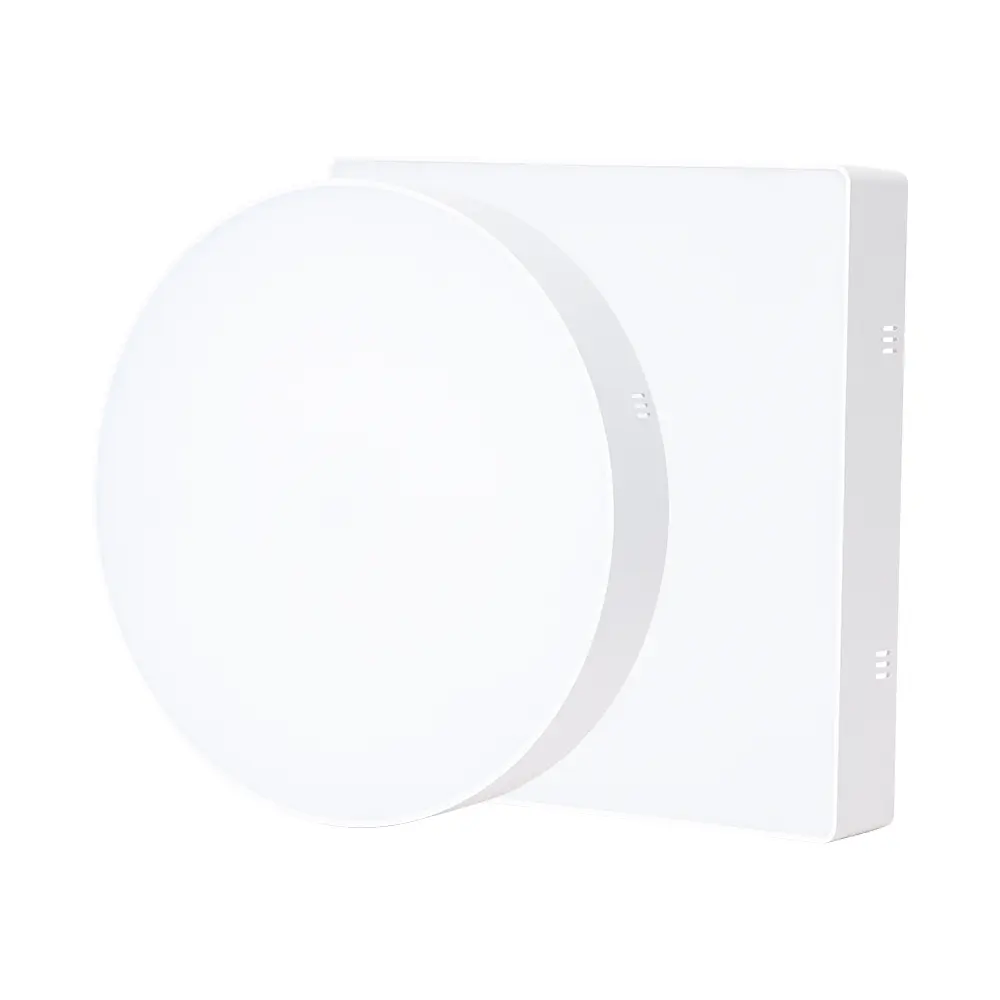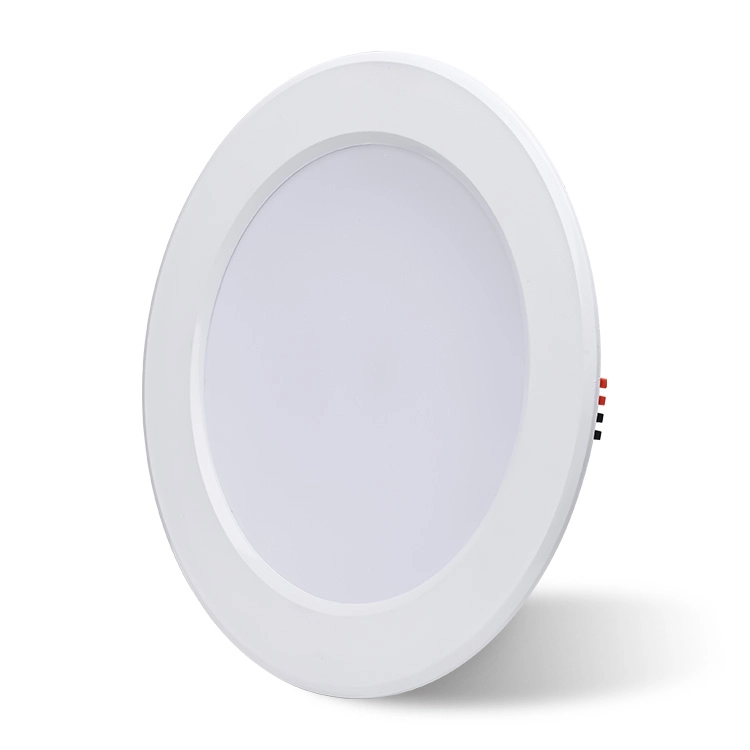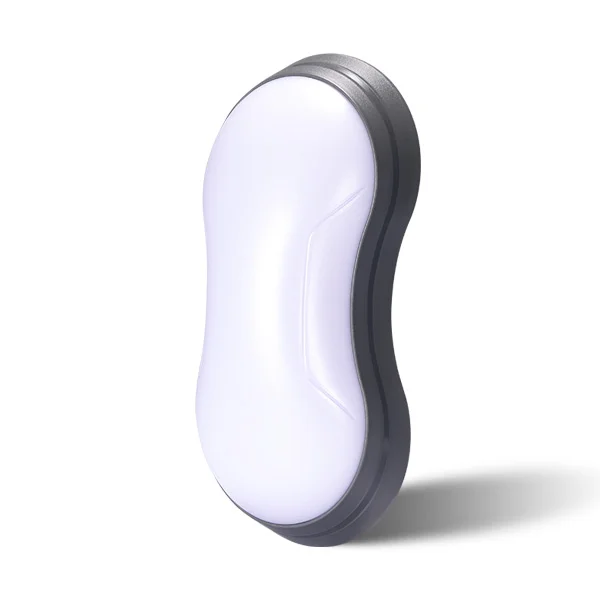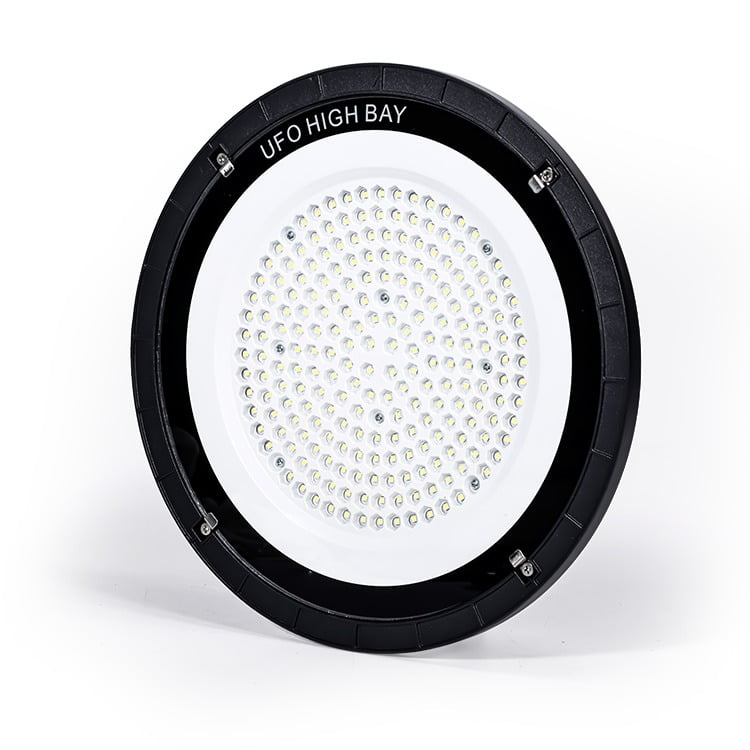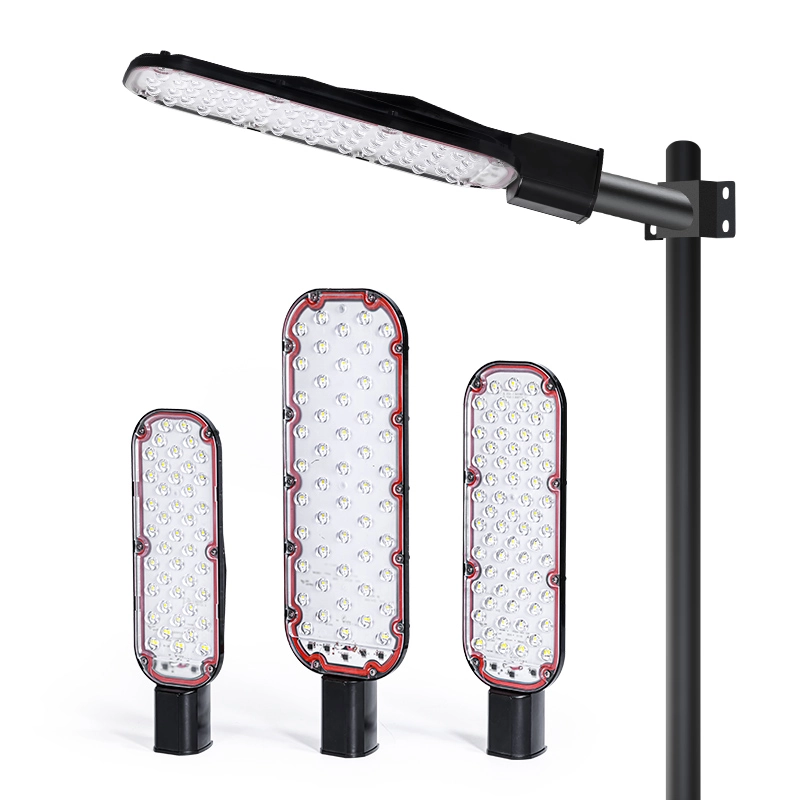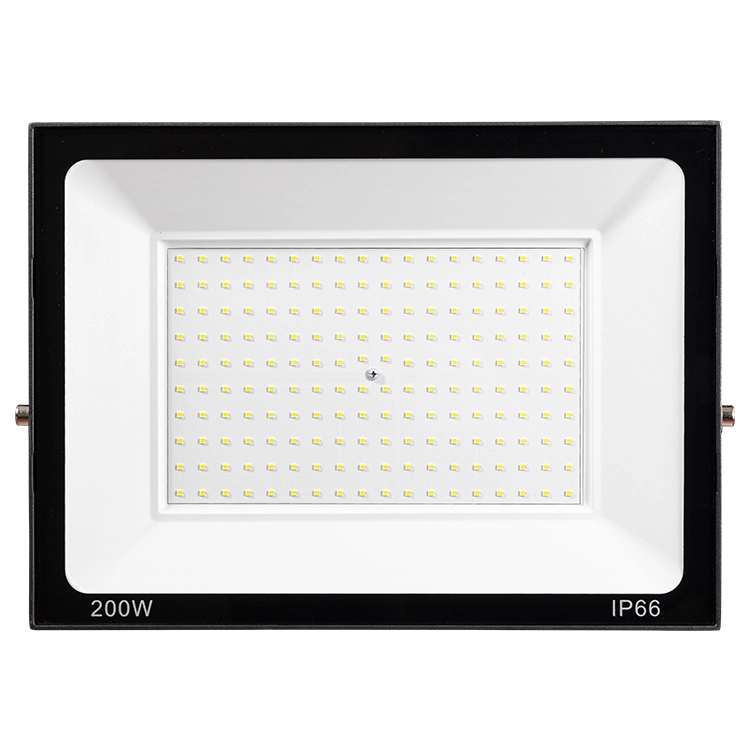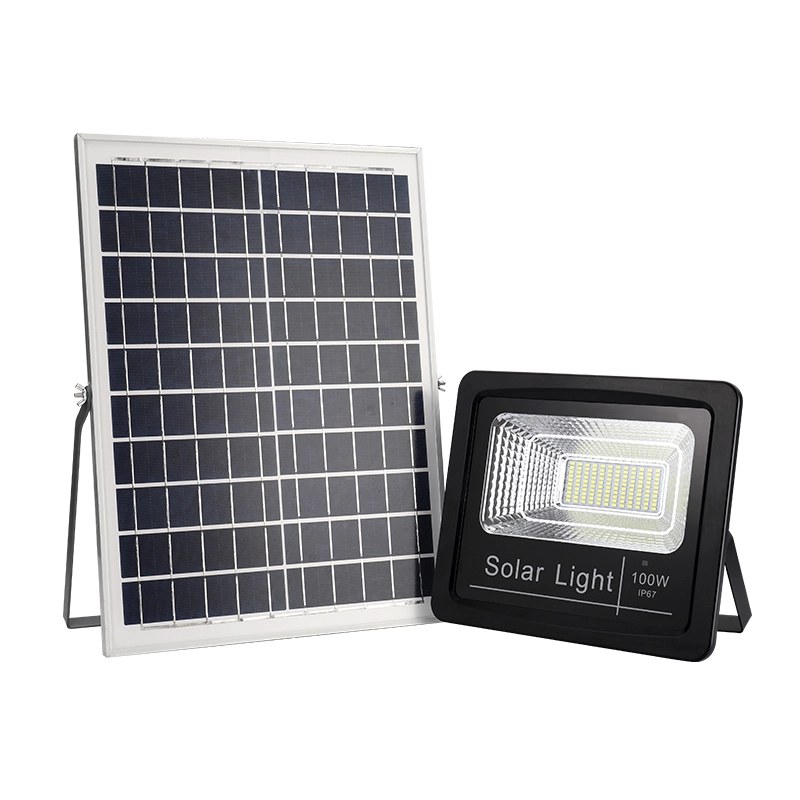Beam lights are essential to modern stage design. Known for their ultra-narrow beams, these fixtures cut through air and haze to create dynamic effects that define space, drive rhythm, and capture audience focus.
Whether you’re designing for a concert, church, or theatrical production, understanding how beam lights are used—and how to use them well—can elevate your entire visual experience.
What Is a Beam Light?
A beam light is a type of stage fixture with an extremely narrow beam angle, typically between 2° and 5°. These lights create tight, high-intensity shafts of light that become visible when paired with haze or fog.
Most beam lights use:
Parabolic reflectors or optical lenses
High-output discharge lamps or LEDs
Built-in prisms, dimmers, or color wheels
Common models include 230W, 260W, 295W, and 480W moving beam lights—each optimized for different venue sizes and visual goals.
What Is Beam Light Used For?
1. Creating Dynamic Aerial Effects

Beam lights are unmatched when it comes to producing strong visual movement. Their sharp output slices through space—especially in hazy environments—creating fan effects, laser-like streaks, or sweeping rhythms across the venue.
2. Building Visual Focus

Because the beam is so tight and bright, it naturally draws attention. Lighting designers often use beams to highlight dramatic cues, entrances, or transition points in music and movement.
3. Shaping Space and Rhythm
Used in layers with wash and spot fixtures, beam lights create verticality and motion, helping audiences feel rhythm and mood shifts. They provide visual punctuation aligned with audio beats or emotional arcs.
4. Backlighting and Silhouettes

Positioned behind performers or scenic elements, beams create silhouettes, halos, and other sculptural lighting moments that frame the action on stage.
Typical Stage Use Cases for Beam Lighting
Arena Concerts
Beam lights are used to create large-scale aerial effects that sync with music beats. They produce fan-shaped motion from overhead trusses, intensifying the energy during drops, solos, and chorus sections.
DJ Sets & Club Stages

In club environments, beam lights scan rapidly across the dance floor, chasing rhythms and interacting with mirror balls or fog. Their fast movement and narrow beam angle make them ideal for high-tempo lighting choreography.
Live Theater Performances

Beam lights help define dramatic moments on stage by producing vertical shafts of light or silhouette outlines behind actors. They are often used to support tension, character focus, or symbolic transitions.
Worship Stage Lighting

In modern church lighting, beam lights are used to mark spiritual cues or worship transitions. They guide visual emotion without overwhelming the speaker or worship band, offering subtle movement and focus.
TV Broadcast & Corporate Events

Beam lights provide strong yet camera-safe accents for framing speakers or scenic elements. When layered behind LED walls or scenic frames, they help separate visual layers and add depth to the production space.
Beam Light Positioning Strategies
Successful beam use depends on effective placement. Key rigging zones include:
Top Truss – for vertical beams, aerial fans, and downward punches
Side Truss / Diagonals – for cross-chasing beams across stage space
Floor / Ground-Level – for sweeps through low fog or audience scans
Rear Truss – for strong silhouette and back-edge definition
Each angle offers different emotional and spatial results.
Design Considerations for Beam Use
Beam Angle

Choose 2°–5° for standard beam width. Some fixtures go as narrow as 1.5° for ultra-laser sharpness.
Color Effects & Motion

Beam lights often feature color wheels, gobos, and prisms. When timed with beats or narrative cues, they create rhythmic flow and energy.
Beam + Haze Synergy

Beam lights rely on atmosphere. Without haze or fog, the shaft becomes invisible. Pair with a high-quality haze machine (e.g., 3000W) for full effect.
Beam Light vs Spot Light: A Detailed Comparison
| Criteria | Beam Light | Spot Light |
|---|---|---|
| Beam Width | 2°–5° (ultra narrow) | 10°–30° (controlled) |
| Visual Function | Movement, attack effect | Performer/object lighting |
| Best Use | Rhythm, air effects | Focus, projection |
| Gobo Support | Rare | Common |
While both are moving head types, beam and spot lights serve distinct purposes. Many advanced rigs combine both to build complete lighting dynamics.
Choosing the Right Beam Light for Your Venue
For Small Venues or Mobile Rigs
Focus on beam clarity and simple prism functions
For Medium to Large Stages
Look for fast color mixing, multi-prism layering, and DMX/RDM support
Things to Check Before Buying:

Beam angle (2°–5° recommended)
Prism type (8-facet, 16-facet, rotating)
Color wheels (for chases or atmospheric transitions)
Whether it includes motorized focus and zoom (for added flexibility)
Pro-Level Tips: Avoiding Common Beam Light Mistakes
Don’t use beam lights without haze—you’ll lose the entire effect.
Avoid placing multiple beam lights at the same angle—it flattens space.
Don’t overuse beams as fill lights—they are for effect, not wash.
Do layer beams with spots and washes for full spatial design.
FAQ
Can I use beam lights without smoke or haze?
Technically yes, but the beam will be invisible in air. Always pair with haze for full effect.
Are beam lights suitable for small venues?
Yes, if you choose lower wattage models (e.g. 230W). Overpowered beams can overwhelm small spaces.
How are beam lights controlled?
Most use DMX or RDM systems and can be integrated with lighting consoles for precise cueing.
Can beam lights replace spotlights?
No. Beam lights are for visual movement and rhythm. Spotlights are for focus and visibility.
Final Thoughts
Beam lights aren’t just flashy—they’re functional, strategic tools in modern lighting design. They define rhythm, space, and attention with unmatched power.
Looking to build a beam lighting plan for your venue or show? Contact us today for tailored recommendations.


